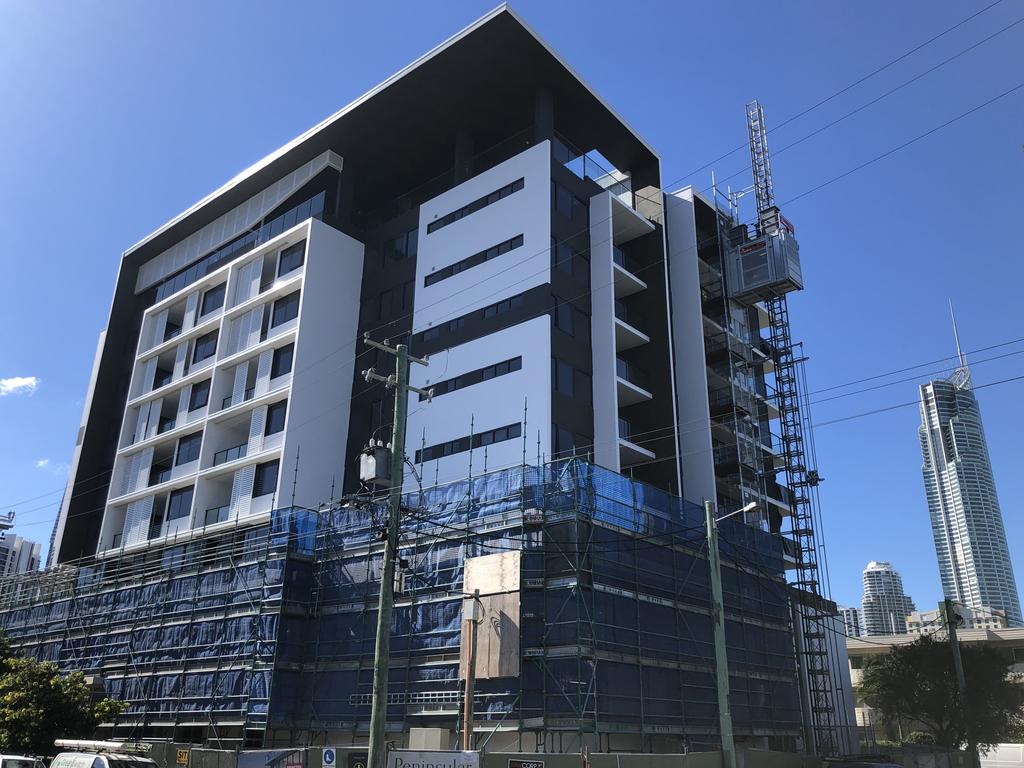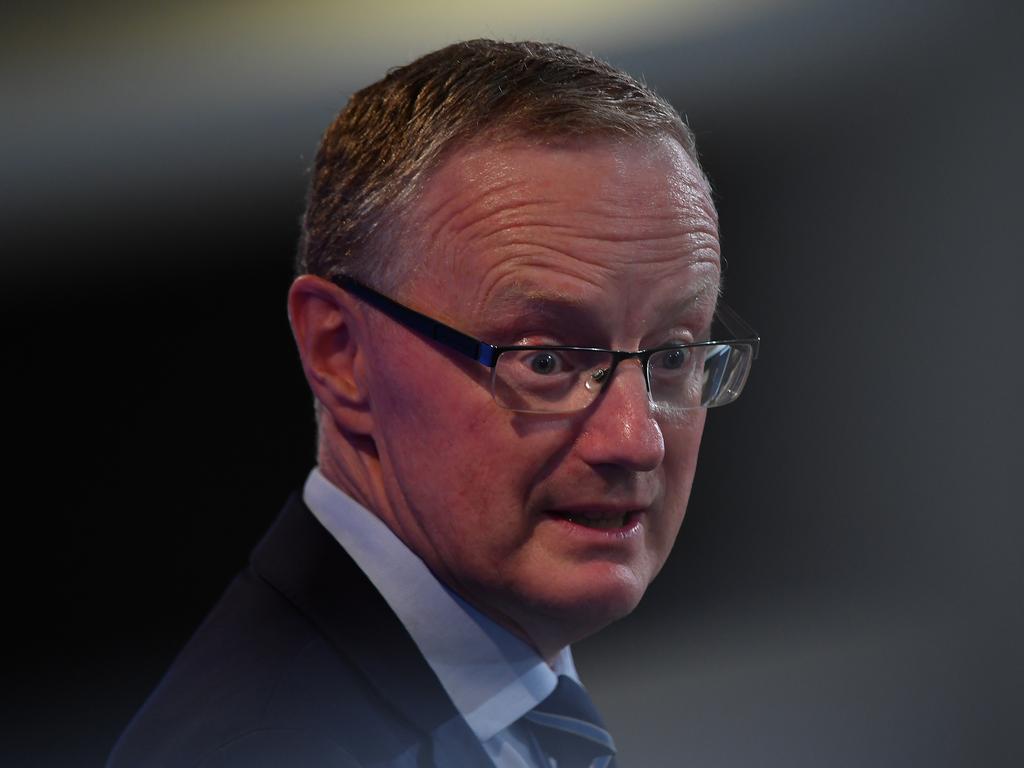State bond pricing flattens as RBA bond buying floods global markets with cheap money
Bond buying from central banks has caused a longstanding pricing gap between Australian state government bonds to disappear.

Bond buying from central banks has caused a longstanding pricing gap between Australian state government bonds to disappear, as a wave of new issuances hit the markets.
Australia’s comparative success at dealing with the COVID-19 outbreak has also acted as a boon for governments seeking to fund mammoth debt-fuelled spending, further enticing international buyers.
The Reserve Bank has so far spent $52bn as part of an almost $100bn bond buying program that was set to end in April — although the central bank buys the bonds on the secondary markets rather than subscribe to new issues.
But questions remain as to how pricing will behave when bond buying from central banks ends in the coming months.
Last week, the RBA revealed it would double its bond buying to $200bn and would keep buying until at least September.
This comes as RBA Deputy Governor Guy Debelle last week said the bank would keep 20 per cent of new bond purchases as state debt, which represents almost 30 per cent of the market.
Dr Debelle said the RBA’s overall work in creating a bond-buying environment flush with cash was enough.
“Every basis point lower in Australian government bonds also delivers lower yields in state government bonds,” he said.
“State government bond spreads are currently the lowest they’ve been in history.
“Buying Australian government bonds benefits both the Commonwealth and the states.”
Commonwealth Bank of Australia EGM Global Markets Anthony Hermann said the current quantitative easing had largely thrown out pre-pandemic debt pricing differences between the states.
“There’s minimal impact from rating level,” he said.
“There’s a lot at play when it comes to credit ratings and how spread will behave.”
CBA was recently brought in as one of four banks to assist the NSW Treasury Corporation tap an additional $1.6bn on an existing 2033 benchmark bond.
Buyers from Asia and Europe and the Middle East took 45 per cent of the bond, which paid at 2 per cent, overwhelming led by asset managers.
Mr Hermann said investors looked at Australia and New Zealand in a similar light.
“They look at relative debt levels, GDP, COVID recovery and think about that compared to other alternatives,” he said.
A $3bn Queensland Treasury Corp bond settled on Friday, at a 1.5 per cent coupon to 2032, was heavily oversubscribed. Investor orders closed at $5.8bn, with Europe and the Middle East snapping up 32.1 per cent.
Asset managers were on the prowl for the Queensland debt, taking 38.4 per cent.
Current ratings from S&P have Queensland, Western Australia, South Australia and NSW the highest rated of the states, coming in at AA+. Victoria comes in at AA.
Nationally, the Australian federal government comes in with a AAA rating. But yields on state bonds are unlikely to rise in the face of continued cash creation from central banks.
CBA head of global syndicate Des Fennell said the recent quantitative easing announcements had seen a three basis points contraction on 10-year state government debts.







To join the conversation, please log in. Don't have an account? Register
Join the conversation, you are commenting as Logout